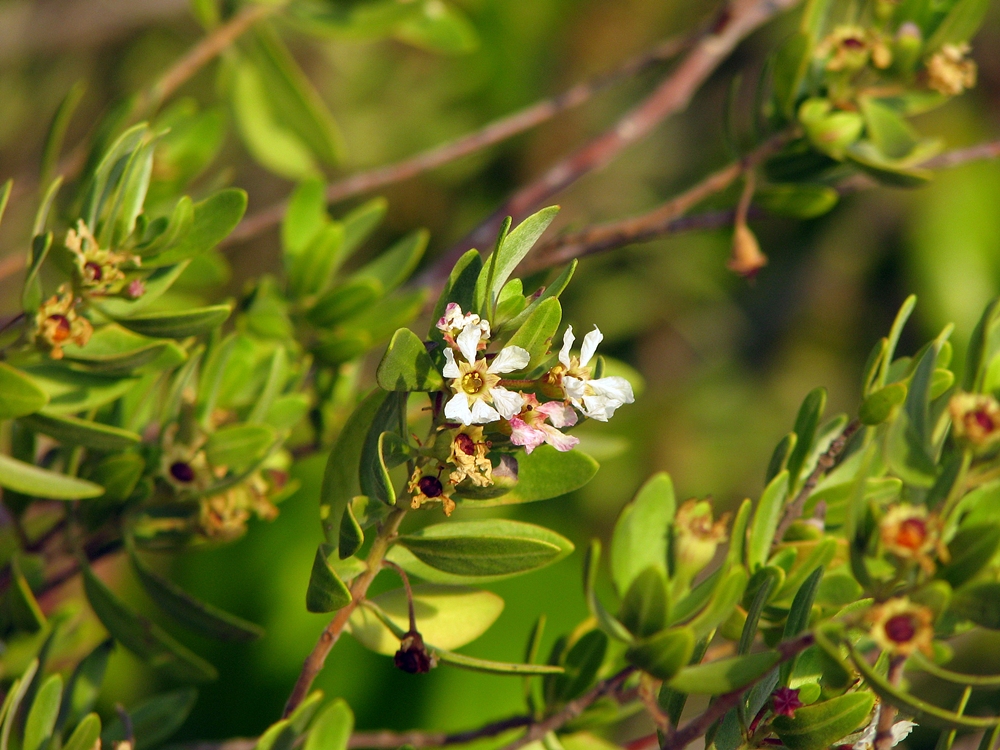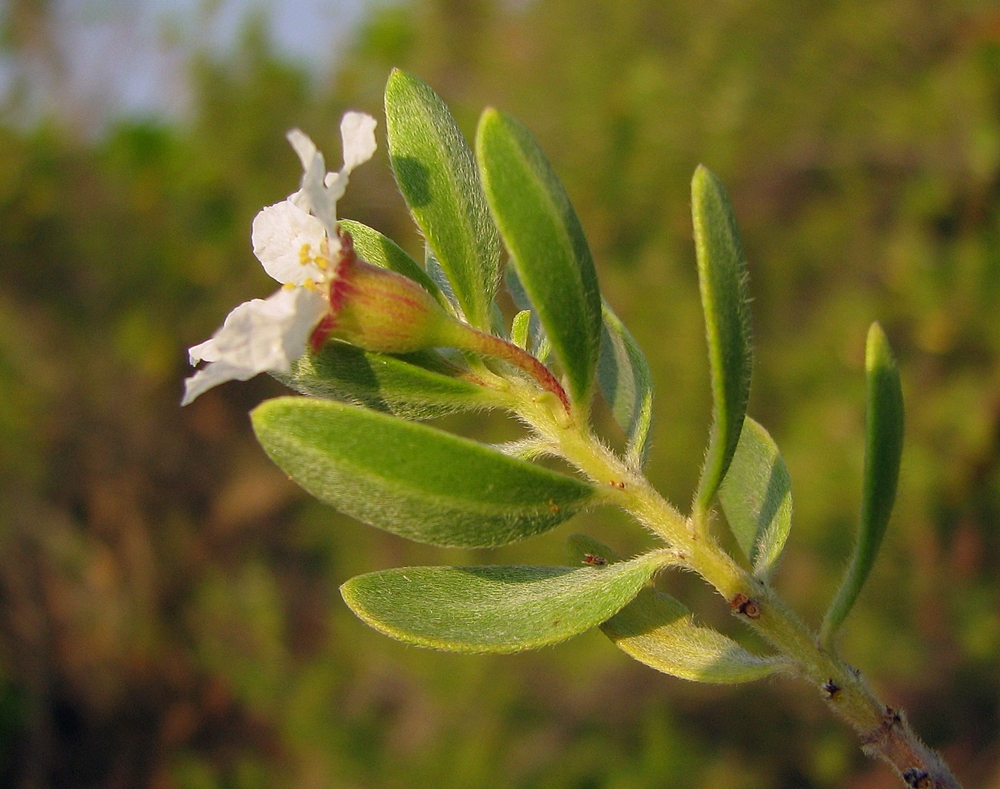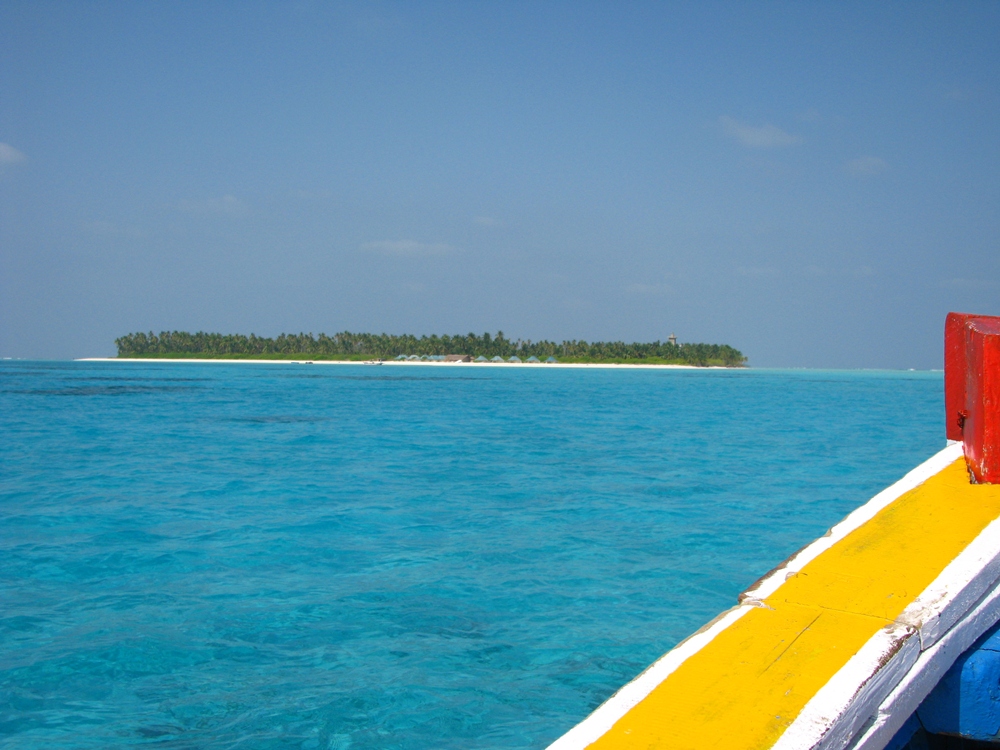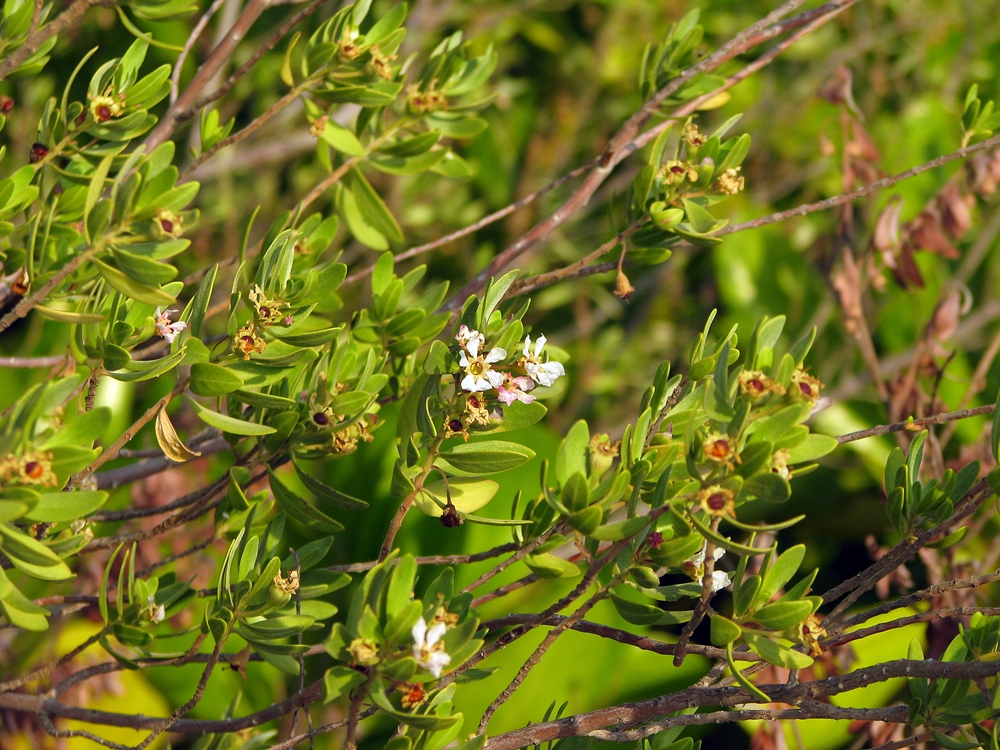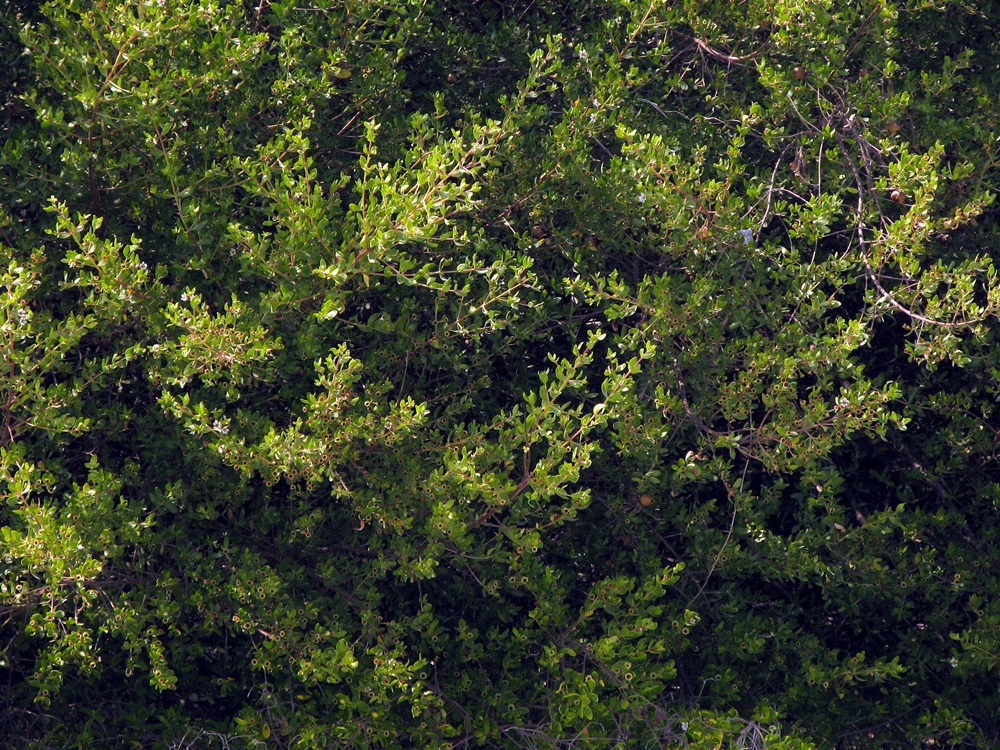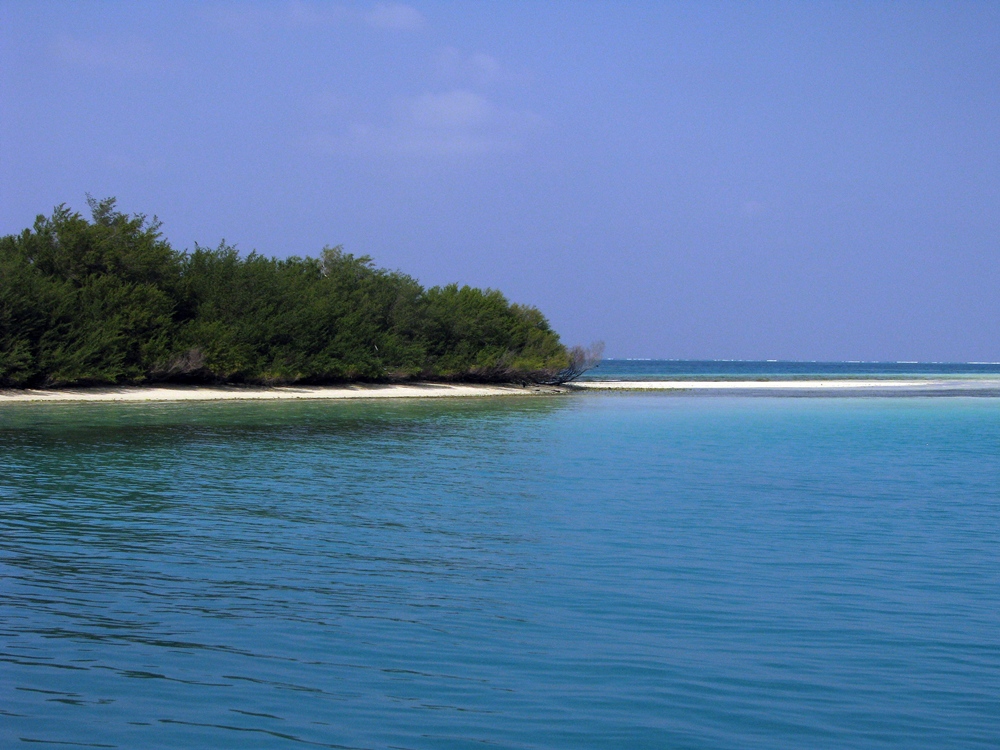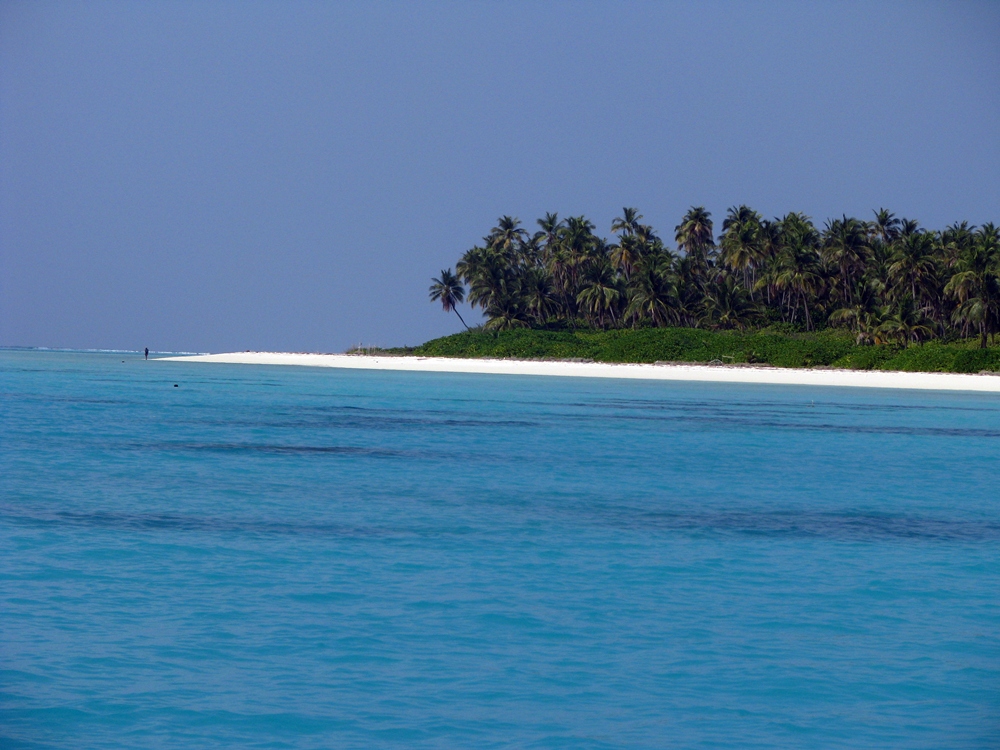|
Pemphis acidula J.R. Forst. & G. Forst., Char. Gen. Pl. 34 1775. (Syn: Lythrum pemphis L.; Mangium porcellanicum Rumph.; Melanium fruticosum Spreng.; Pemphis angustifolia Roxb.; Pemphis setosa Blanco);
Pemphis is a genus of maritime plants in family Lythraceae. It was recently thought have only one species (the type species, described in 1775, Pemphis acidula [2]) but is now believed to have at least two.[3] Pemphis are highly adaptive. Depending on environmental factors, they are densely branched, or low and spreading bushes or short trees, with main stems that can be furcated and lie nearly prone, or develop into one erect trunk.
Leaves can be small, fleshy and succulent, or larger, flat and not fleshy. All surfaces are covered generally in silky, colorless trichomes.[4] The fruits and bee–pollinated flowers are produced throughout the year. Seeds can float, and are sometimes propagated through water dispersal.[5]
Most Pemphis live either at the verges of mangrove forests, well away from the forest-ocean interface; or they colonize beaches behind the intertidal zone, taking hold on rocks, gravel or sand, laterite or limestone, and frequently on promontories or crags.[5]
Despite the difficulty presented for the prospective carver, wood from Pemphis species is highly prized for its extreme heaviness, toughness and resistance to warping. It is usually fashioned into walking canes, fence posts, tool handles, and even anchors, exhibiting a fine finish.[5].
(From Wikipedia on 17.4.14)
In South Asia, this species is found in Indonesia, Japan, Philippines, Malaysia, Singapore, Sri Lanka, Viet Nam, and Thailand. In Australasia, it is found in Northwest Australia, Northeast Australia, Papua New Guinea, Sololmon Islands, Federated States of Micronesia, Fiji, Guam, New Caledonia, and Palau. It is also found in the Pacific Islands, from the Marshall Islands to at least as far as Tonga in the east Pacific. In East Africa, this species is found in British Indian Ocean Territory, Maldives, Mozambique, Tanzania and Zanzibar, and Seychelles.
This species lives in calcarious rocky and sandy beaches high in the intertidal zone, and often above the high tide line. This species is beneficial for shoreline protection against high wind. It is a very sturdy and resilient plant, however, it will not grow anywhere other than the appropriate habitat type.
(From IUCN Red List (LC) )
Pemphis acidula J.R.Forst. & G.Forst : 3 posts by 3 authors. Attachments (12).
This large maritime shrub was seen very close to the beaches at Thinnakara Island and also at Bangaram Island in Lakshadweep. Its a Mangrove plant which also appears in IUCN Red list of Threatened species.
Extensively used in making Bonsai..
Bot. name: Pemphis acidula J.R. Forst. & G. Forst. Family: Lythraceae Habitat: Wild (Mangrove sp) close to beaches Plant Habit: Shrub. Photograph of Bangaram Island enclosed herewith shows this Pemphis shrubs.
Beautiful find…thanks … for sharing nice photographs of the habitat as well ..the post is more significant seeing the IUCN status of the species..
|
Pemphis acidula
Updated on December 24, 2024

